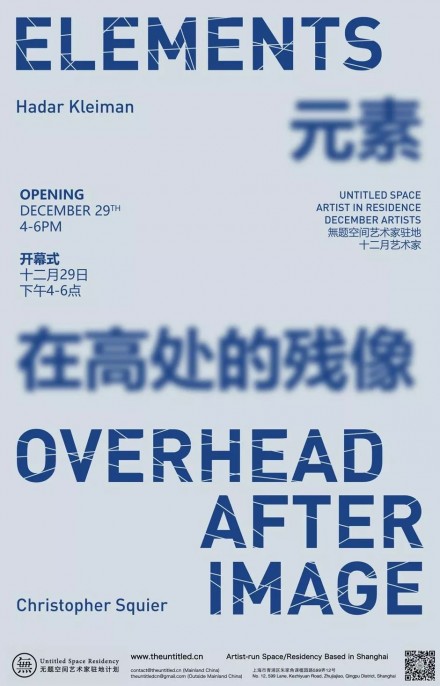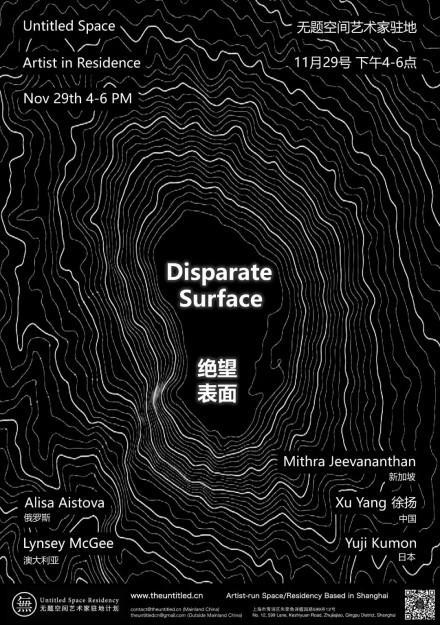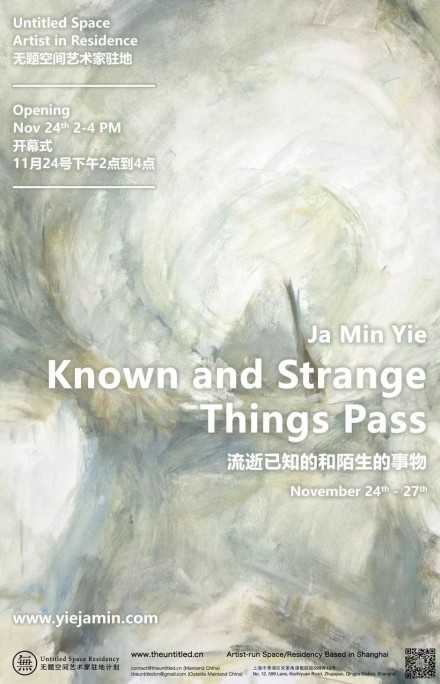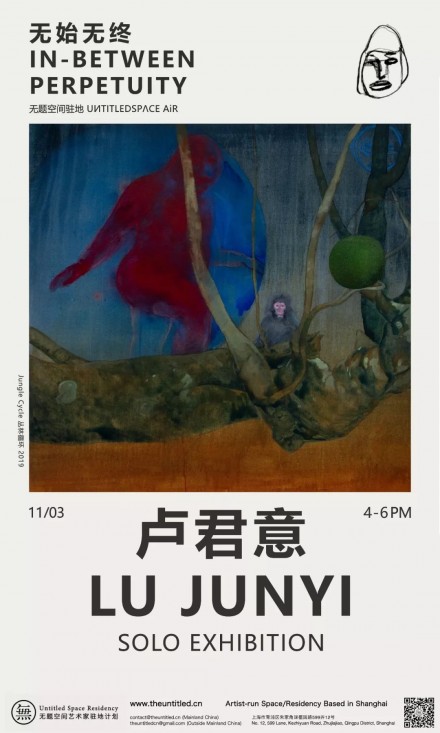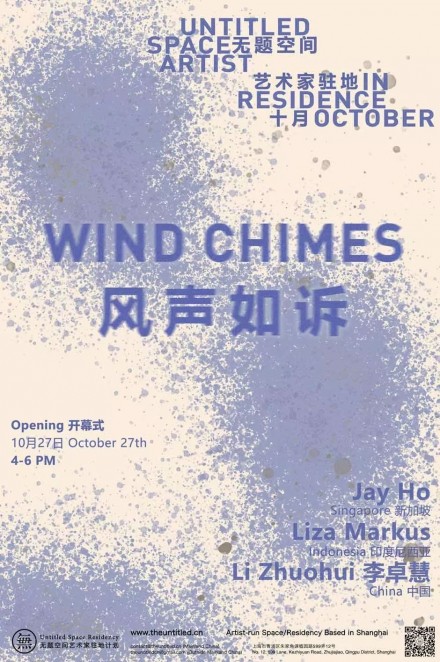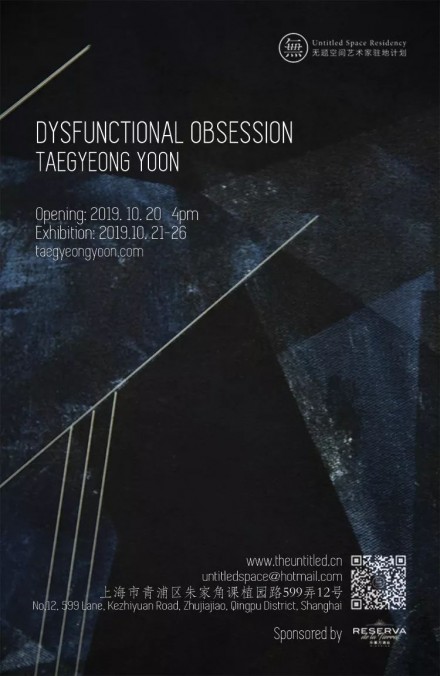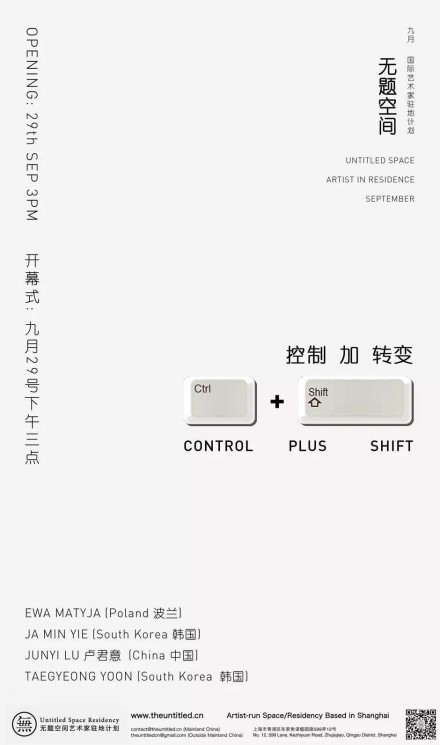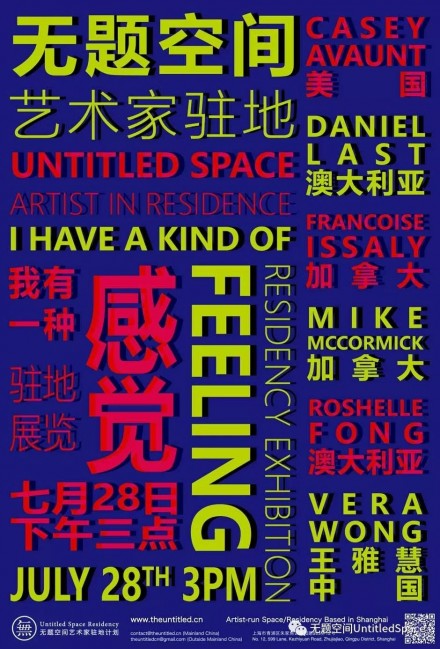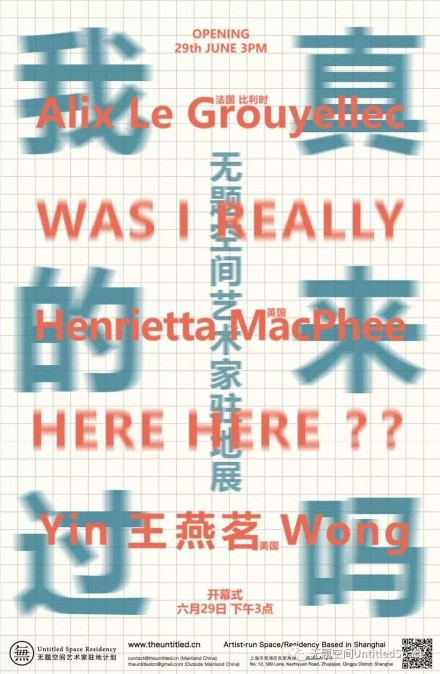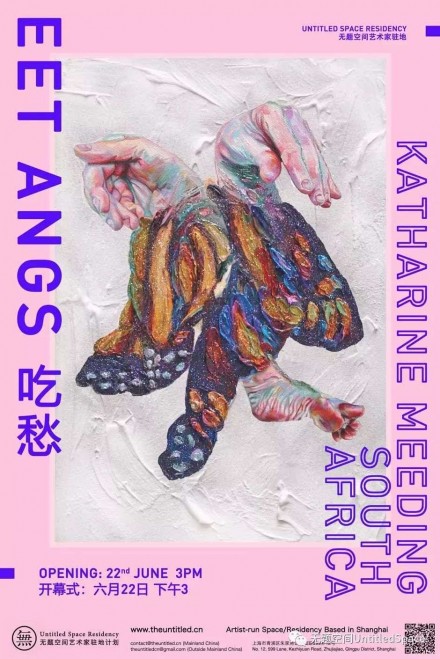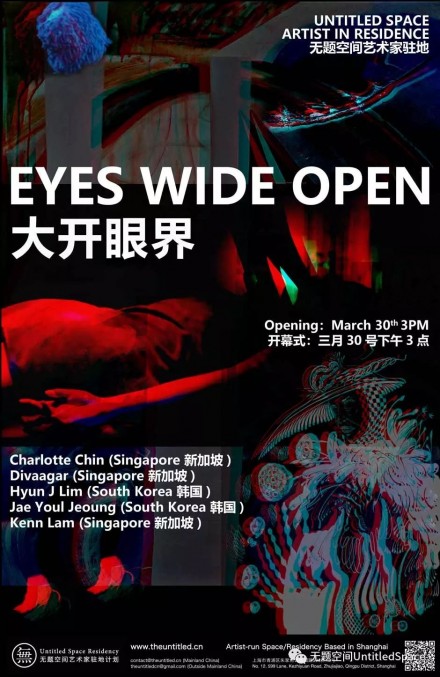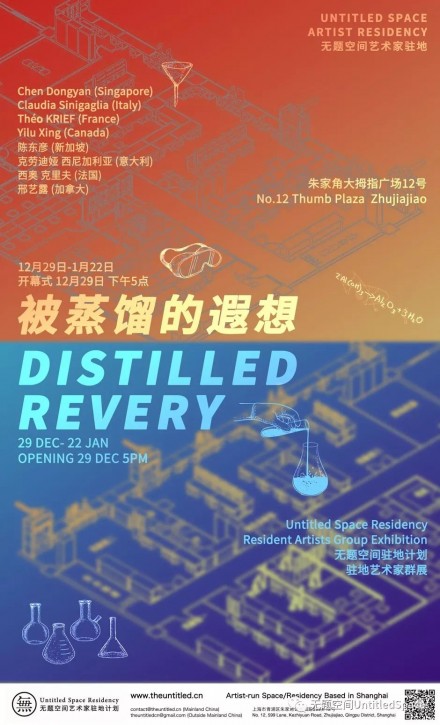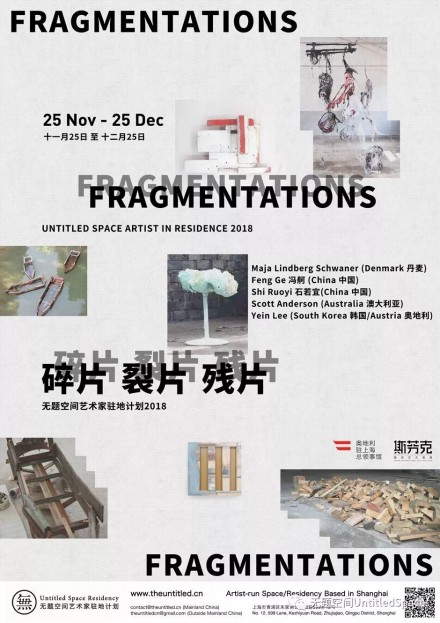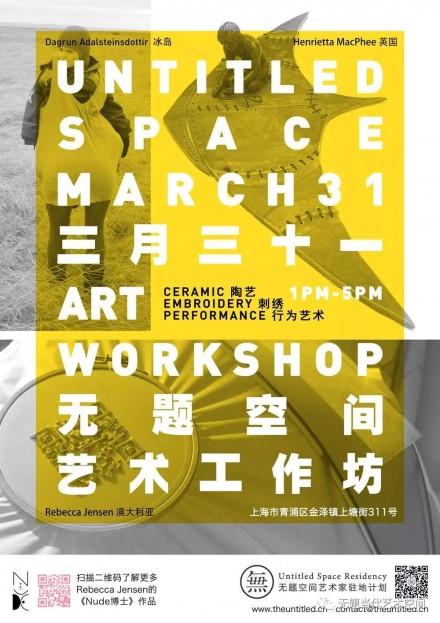明智的活法 How To Live Wisely 卢智媛 Jiwon Roh
驻地成果开放日
明智的活法
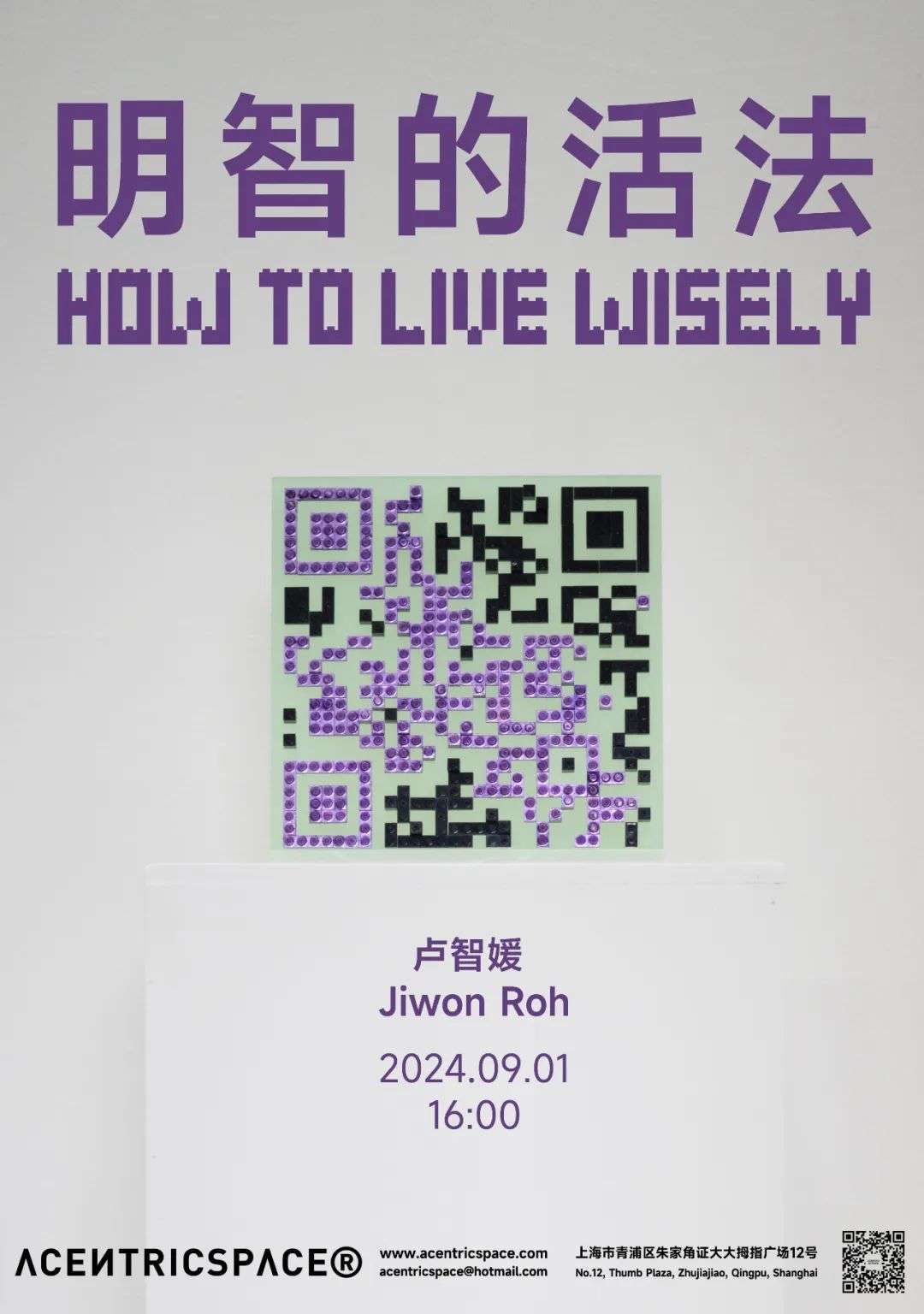
前言 Introduction
Although each person’s narrative may differ, there is anger residing in a corner of everyone’s heart. In modern society, anger not only manifests in violent forms but is also rampant on online platforms. However, most people are lost in the ambiguity of their emotions, as they don’t know the direction of their anger or how to resolve it. Provocative video content is easily consumed in our personal spaces, and despite the heavy criticism of this consumption pattern, the public’s enthusiasm for such content is evidenced by the high view counts. The ‘guilty pleasure’ triggered by this content seems to stimulate subconscious emotions. High-view counts prove that this guilty pleasure draws out anger, hatred, and desires lurking in people’s subconscious minds. As cases and figures related to anger increase, the object of this emotion becomes unclear, leaving one unsure whether the target is oneself, a particular person, or society, blurring the boundaries and causing a loss of direction. By tracing the origins of anger, the artist realized that the trigger for this emotion lies in ‘indefinable entities.’ This realization led to the creation of <How To Live Wisely>, a work exploring ways to manage anger.
“How To Live Wisely” is a tutorial series in which characters within a computer simulation explore and address anger management solutions. Through this series, anger is traced, and provocative solutions are presented, actively incorporating elements of TV entertainment shows to blur the boundary between the work and the audience. Utilizing a platform that feels light and familiar, the work transforms socially taboo topics into content as part of its concept. The piece consists of the artist herself composited with a 3D background, allowing her to extend her body into a virtual space that lacks spatial specificity.
The first series, “Anger’s Target”, consists of two episodes in which philosophy professor Mo Ji-eun explores the types of anger with the audience and suggests solutions. The second series, “To Find My Sanctuary”, is a talk show-style video in which the artist herself appears, discussing the concern, “I want to learn how to win the battle against myself,” with counselor Hyun Se-in and the audience. As a TCK (Third Culture Kid), the artist shares her experiences of anger and disillusionment from incidents in China and Korea, which led to the creation of a fictional micro-nation project, <영화국, 永华国, The Republic of Young >, and discusses how to continue living as an artist. The third series, <We All Suffer>, involves a consultation between the anonymous storyteller “Cherry Blossom,” who feels murderous intent toward her spouse, and family counseling center director Choi Mi-rae. They discuss a special recipe that involves adding cherry seed powder to a dish the spouse enjoys. The amygdalin in cherry seeds is broken down by enzymes in the body to produce cyanide. While the amount is too small to be harmful, the act of adding it supposedly brings a sense of satisfaction. The fourth series, <Dear God>, is a monologue by the pseudo-believer Do Mi-hyun, expressing anger toward a god who does not fulfill her desires.
The reason for choosing YouTube and China’s Bilibili among numerous video platforms lies in how AI judges content. YouTube’s policy of placing a yellow dollar icon on videos with provocative content, thereby blocking monetization, made me consider the possibility that the work might need to be deleted due to these issues. However, the artist sees this as part of the work, as it proves that the video successfully addresses the ‘taboo’ topic of anger. The artist believes that the act of watching gladiators and wild beasts battle in an arena in the past is reflected in modern society as viewers watch provocative videos. My ultimate goal through this work is to share my experiences, allowing the audience to reflect on similar experiences or emotions they may have encountered, thereby triggering associative thoughts. By breaking the social vicious cycle of resolving emotions like anger through means such as ‘enduring,’ ‘swallowing,’ and ‘suppressing,’ which stem from the fear of stepping outside the norm, artists aim to present to the audience a form of self-comfort that, even if it’s in a petty way, allows for the release of inner emotions.
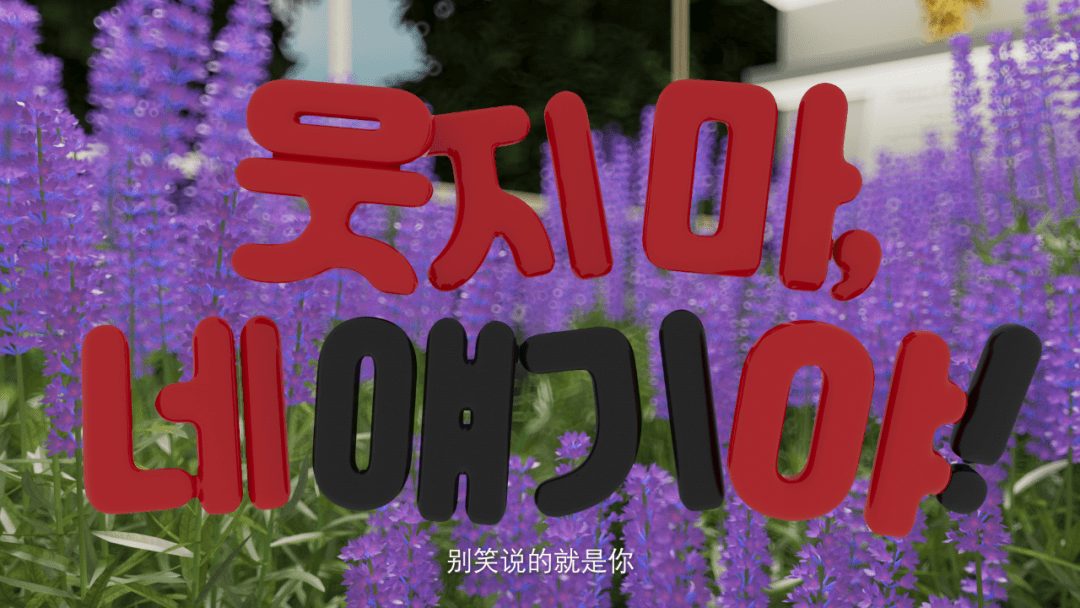
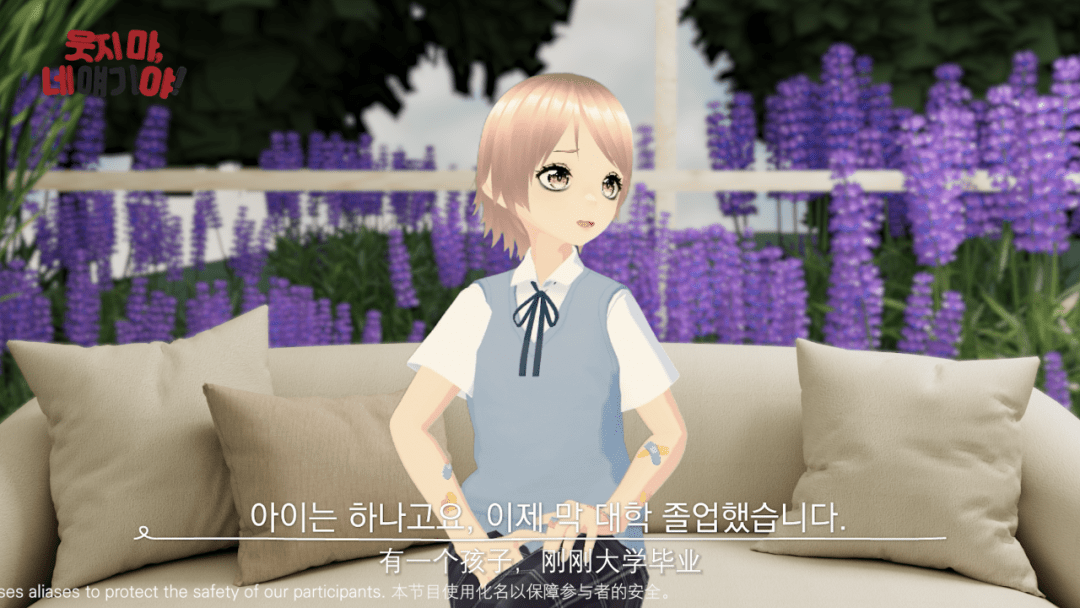
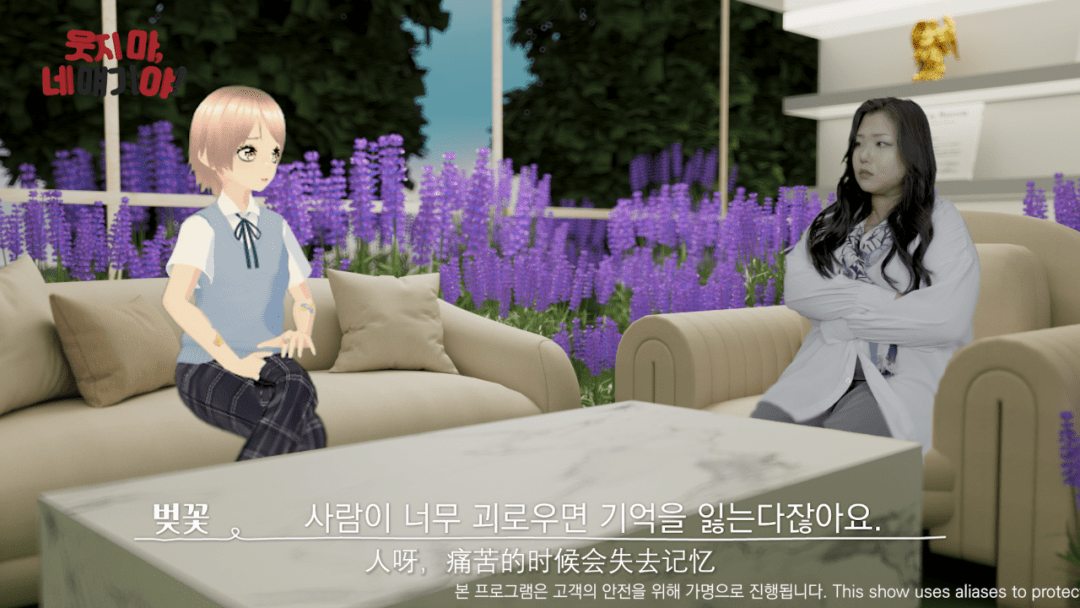
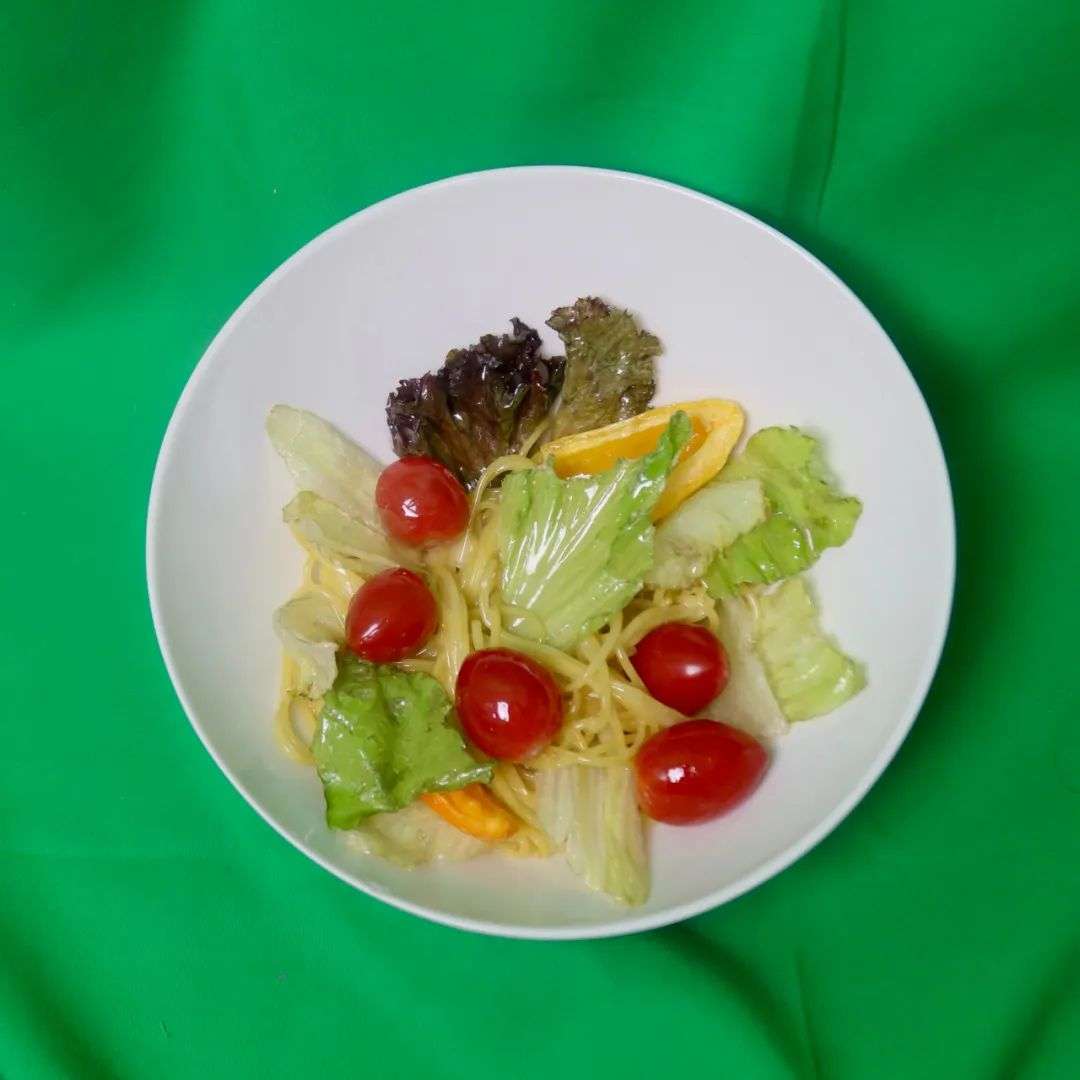

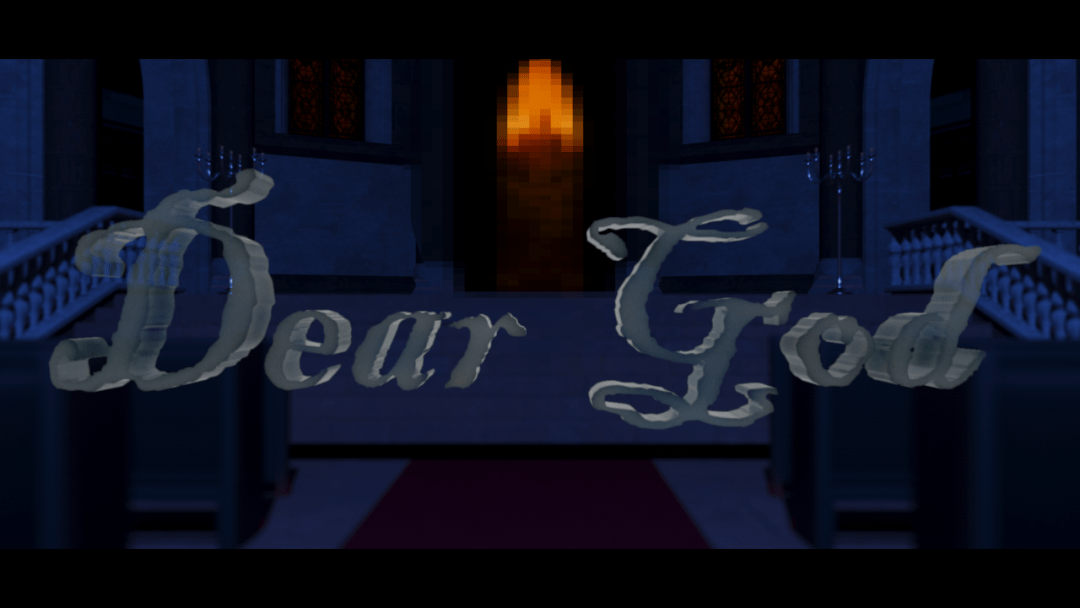
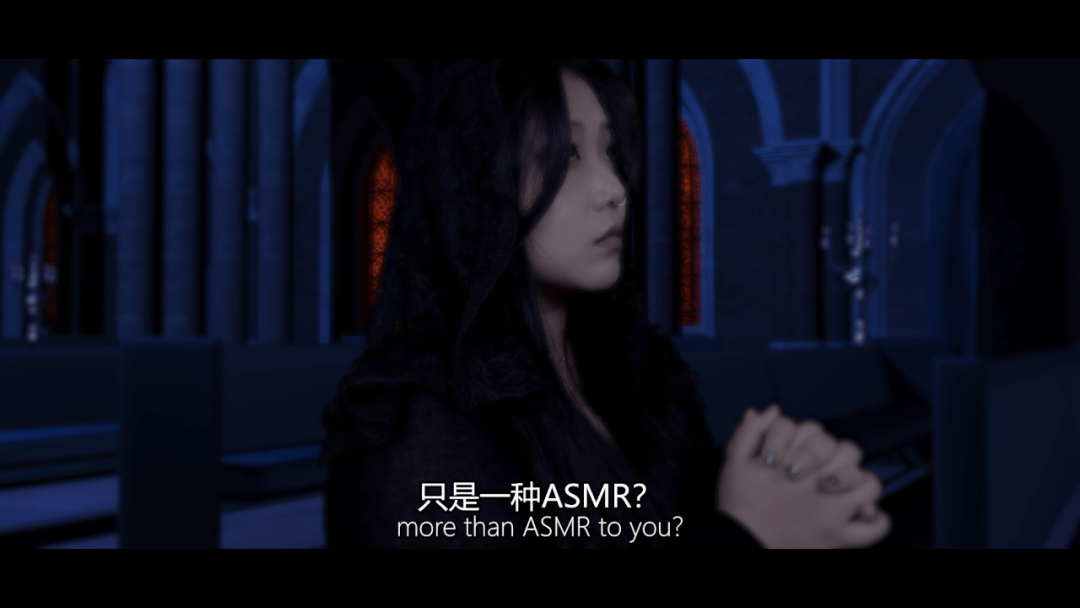
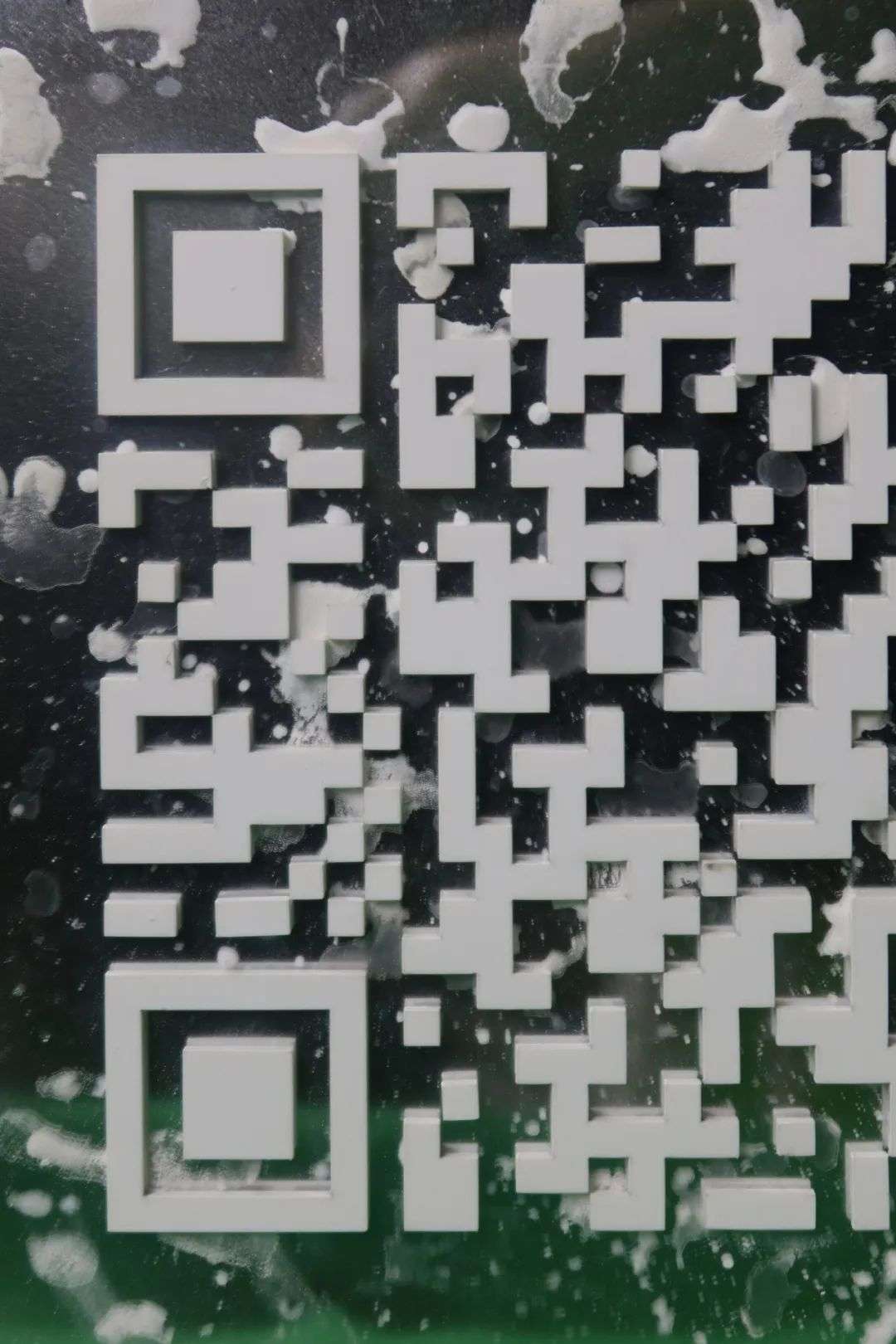

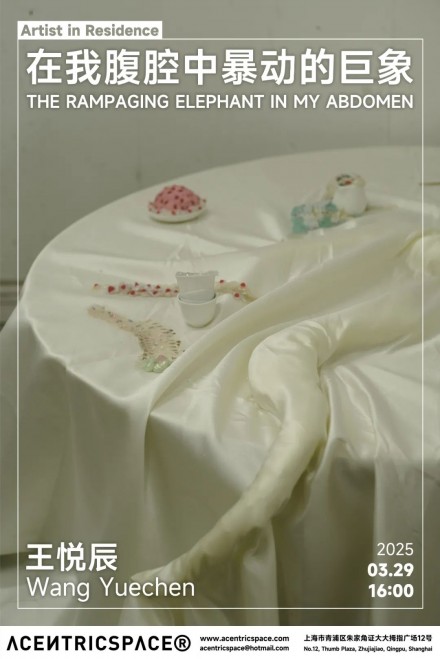
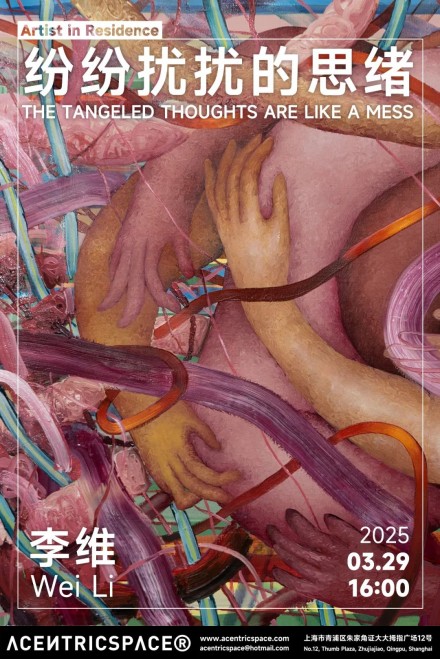
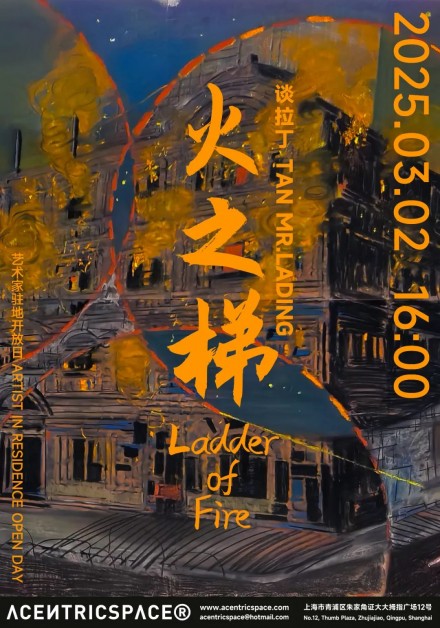

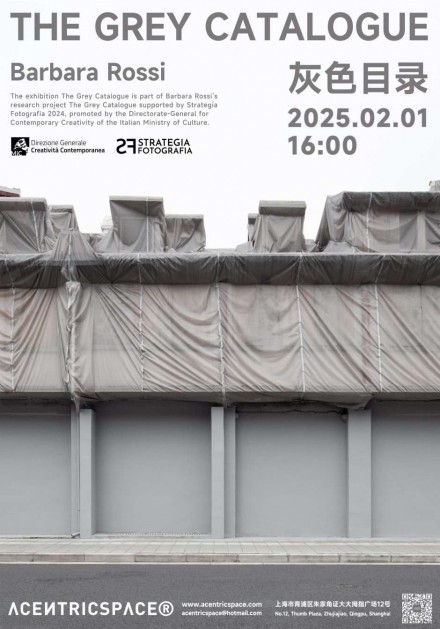
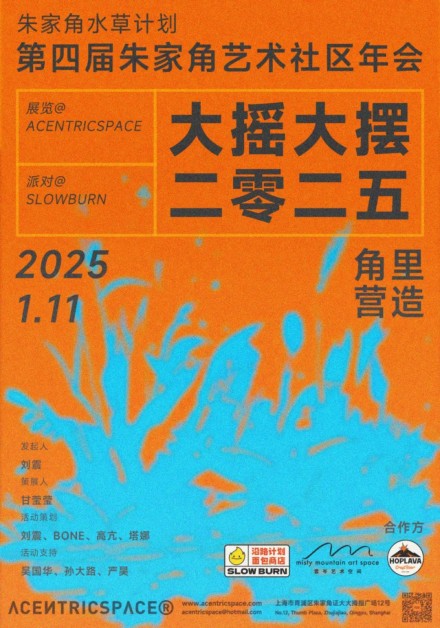
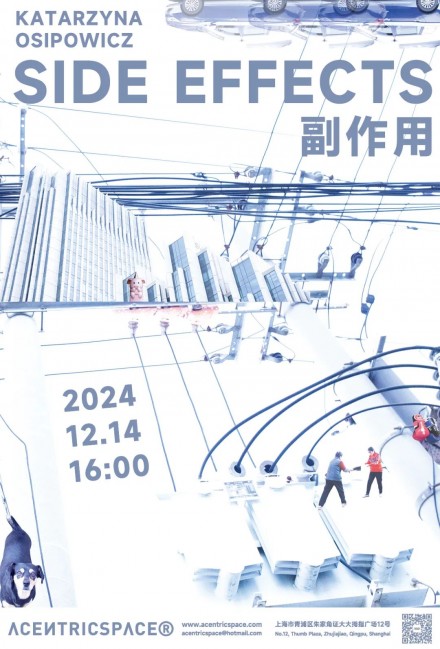
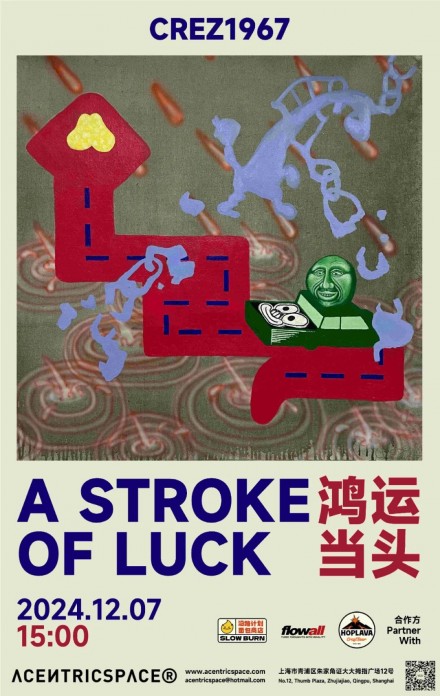
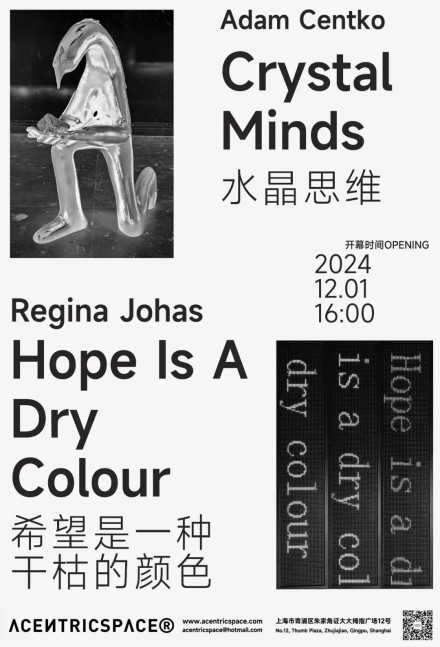
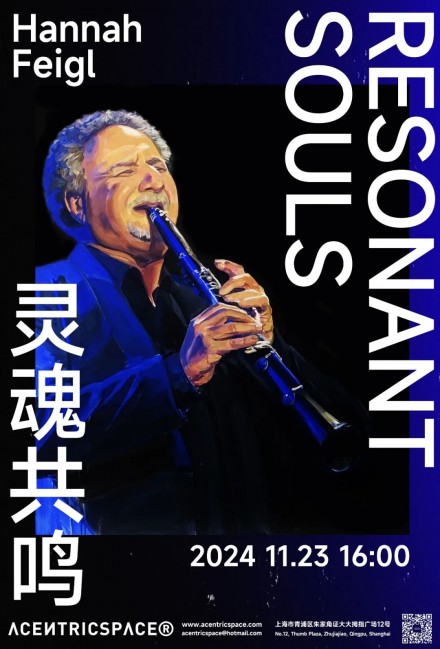
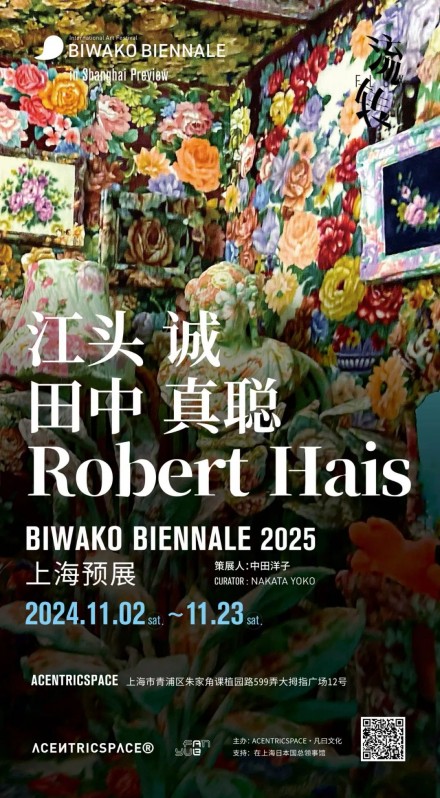
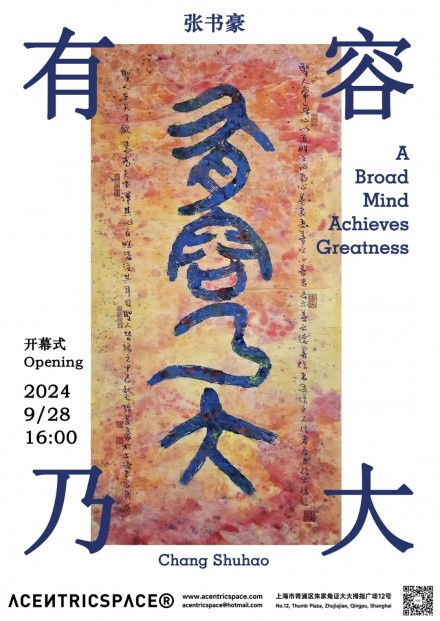
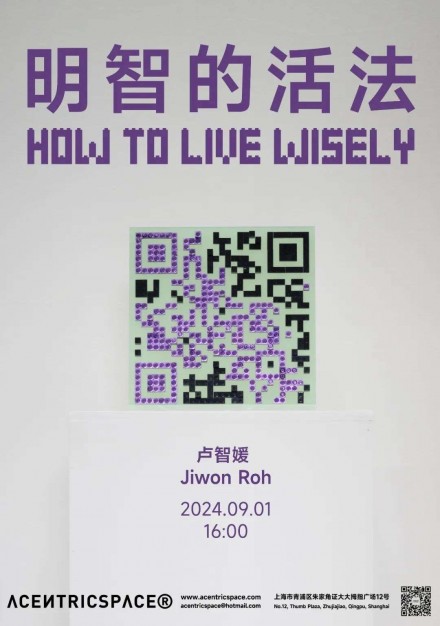
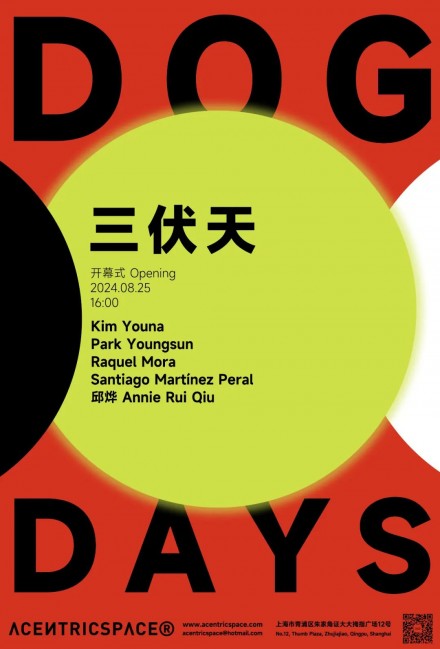

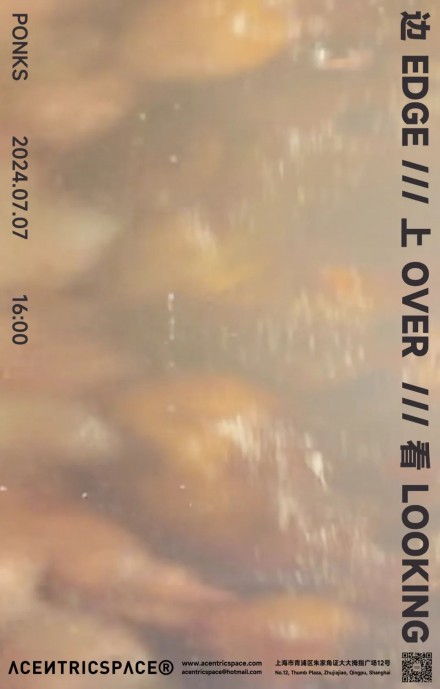
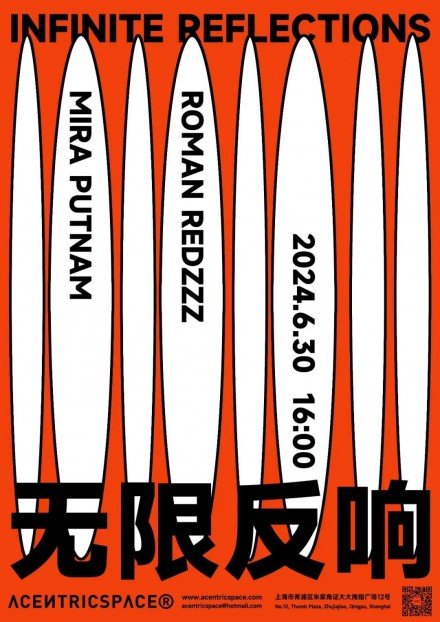
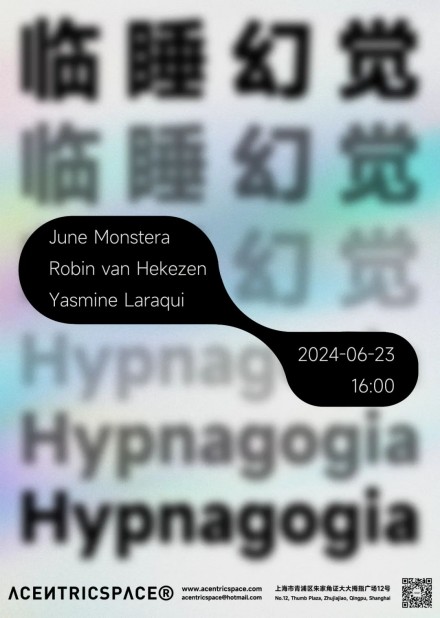
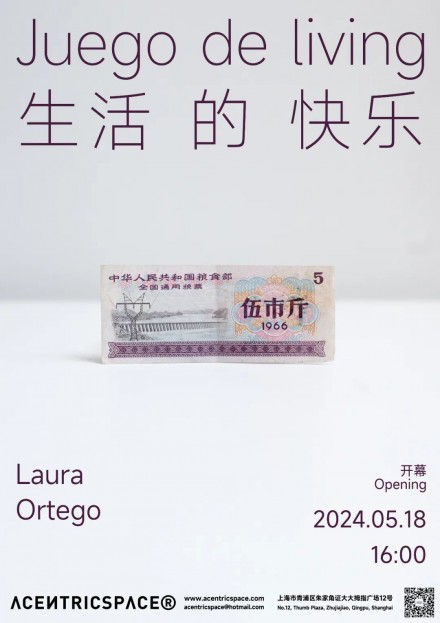
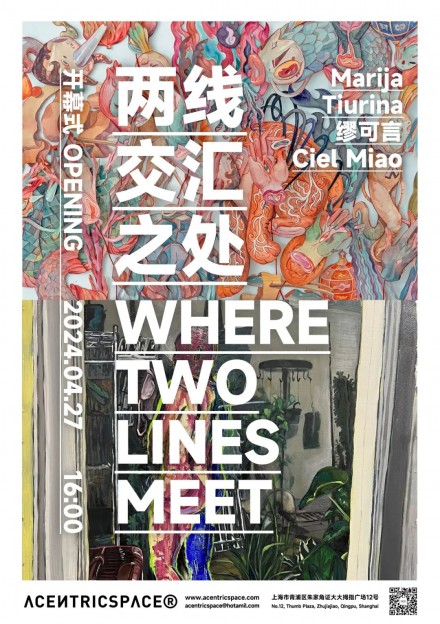
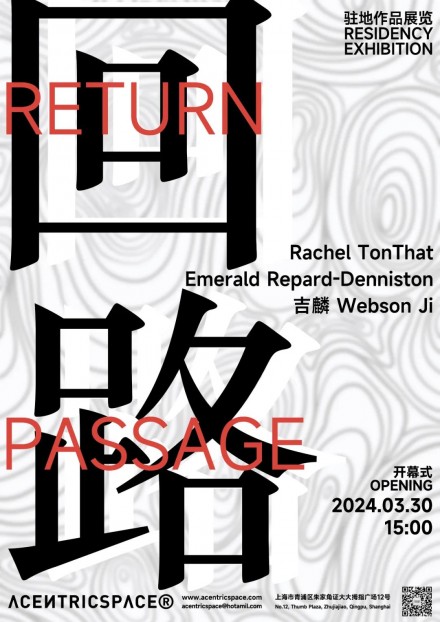
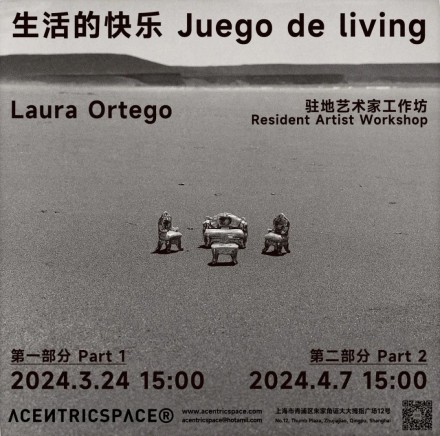
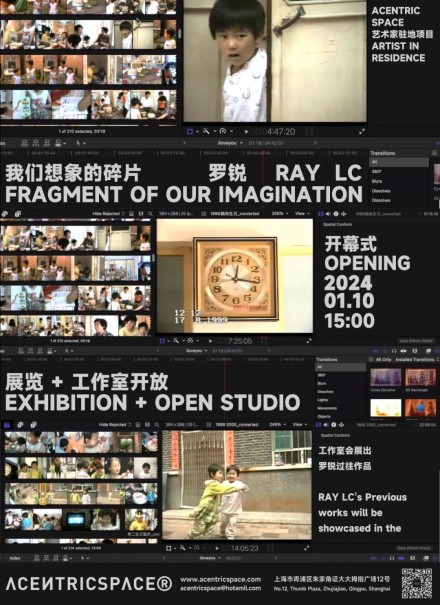
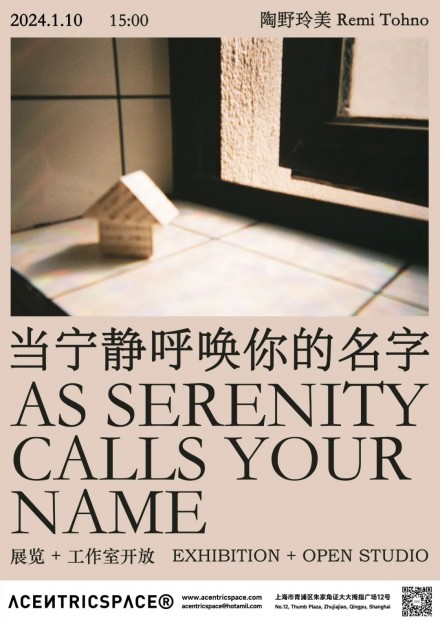
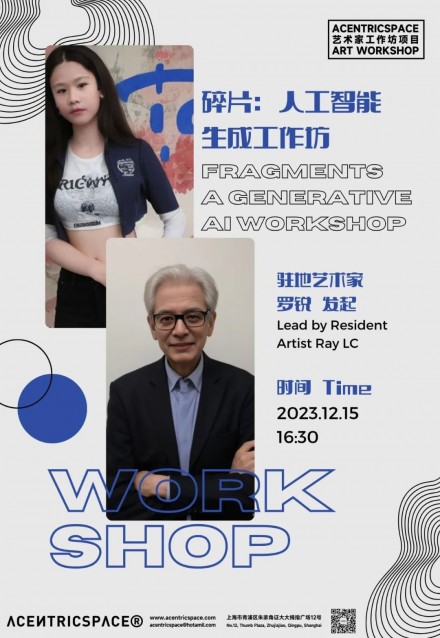
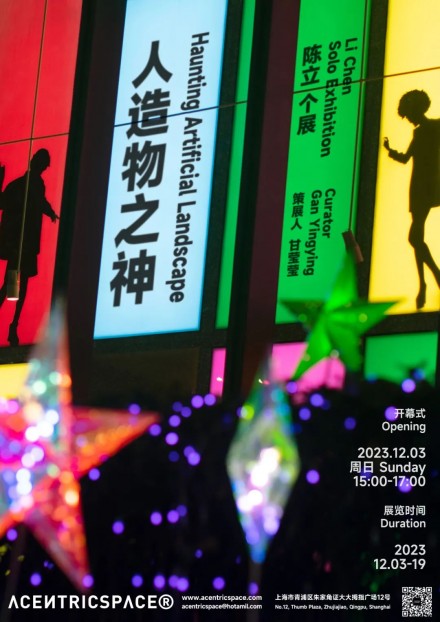

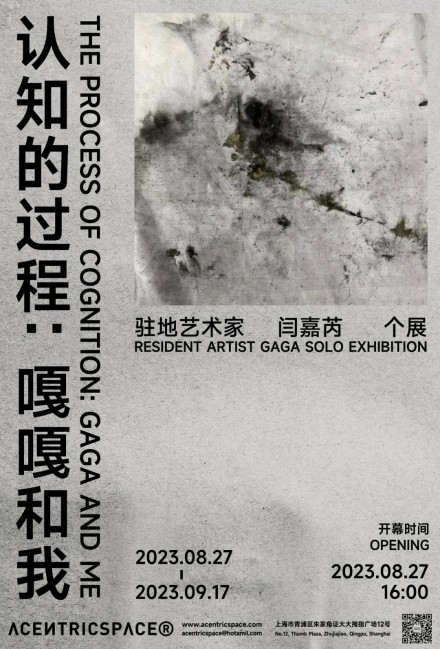
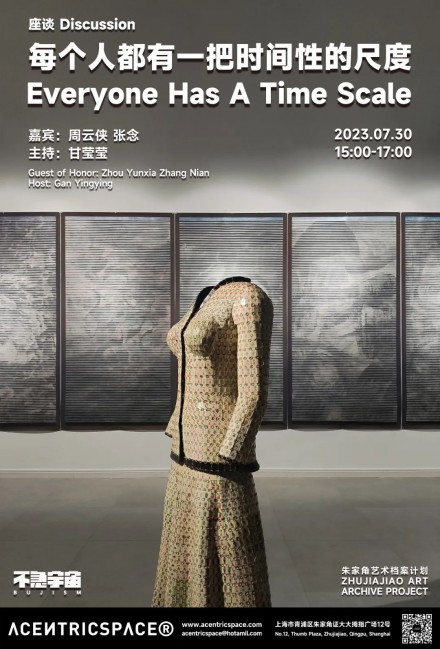
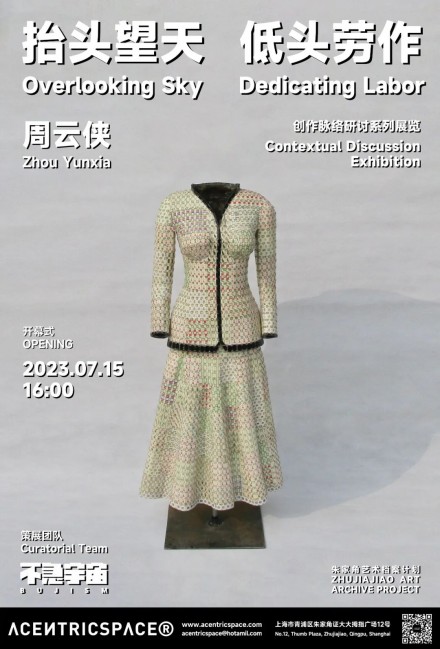
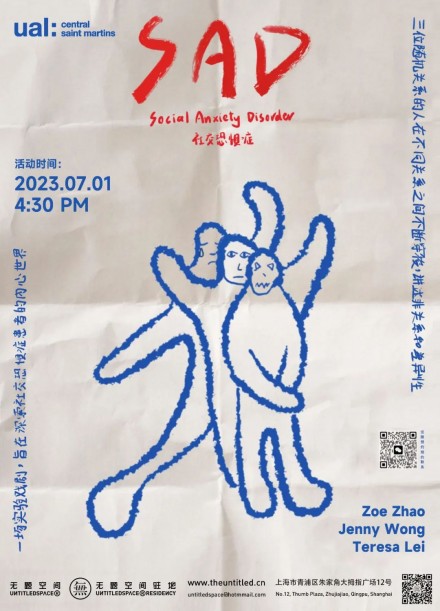
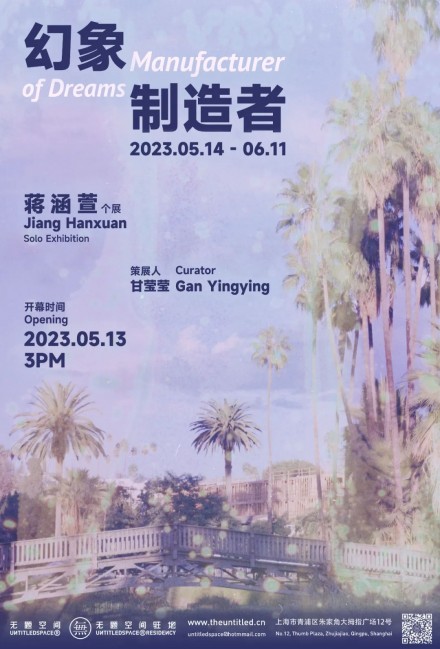
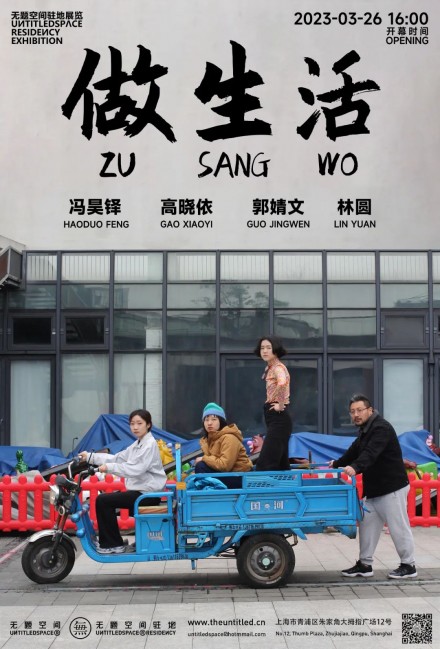
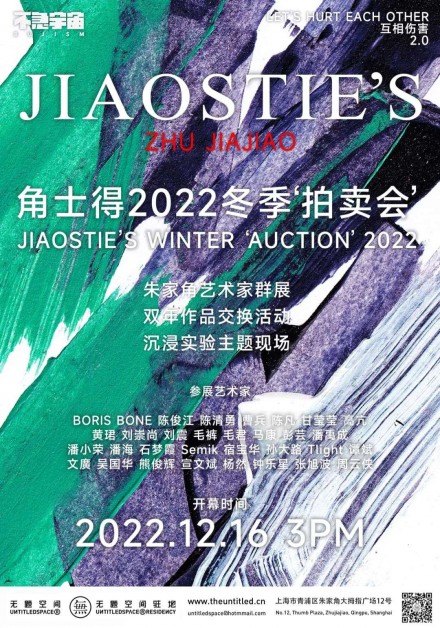
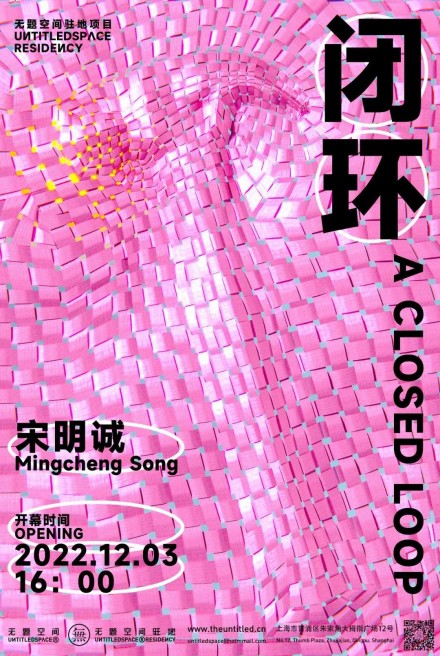
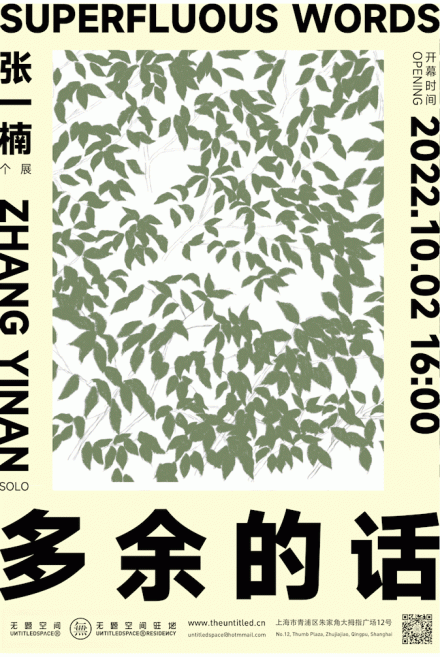

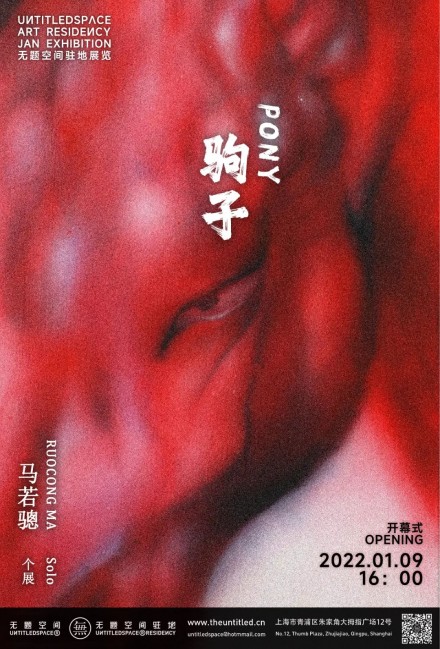


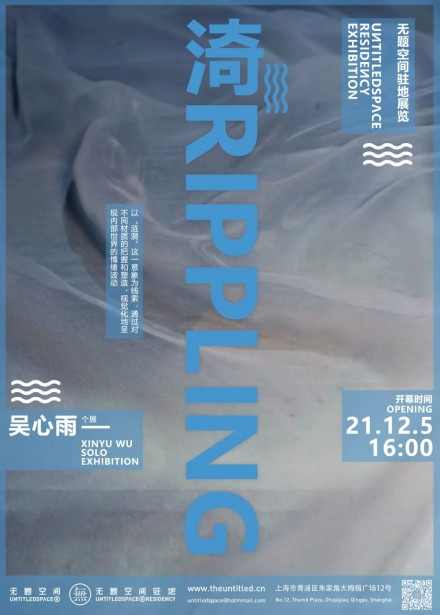

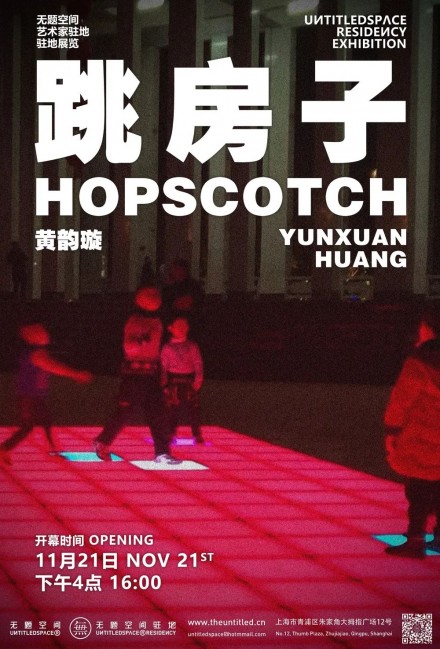
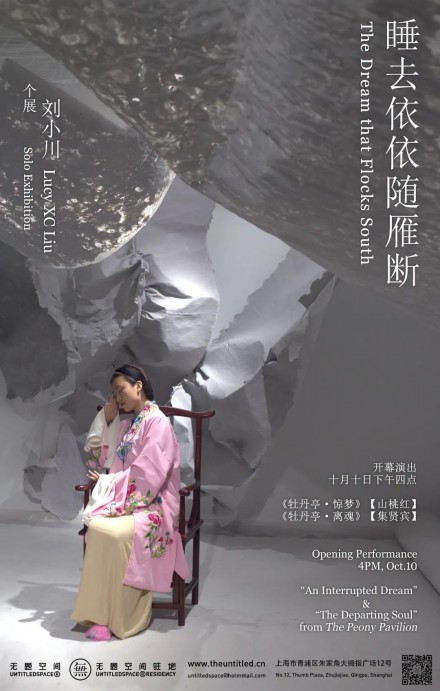
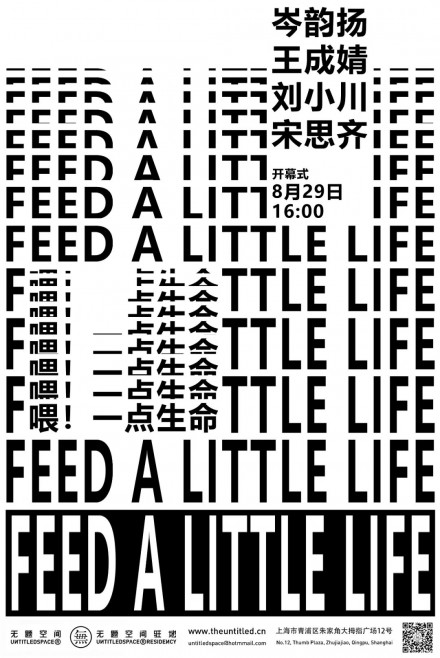

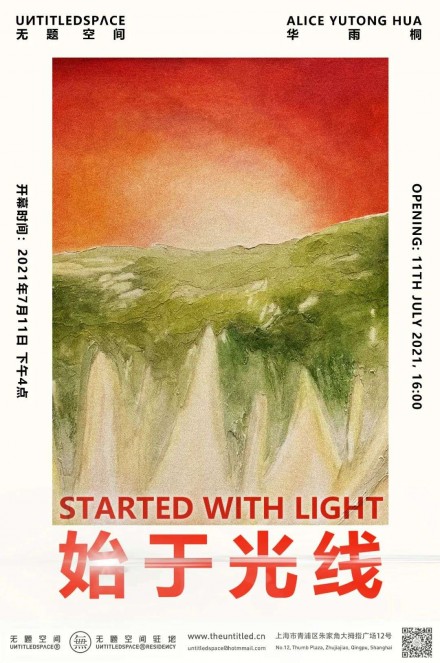

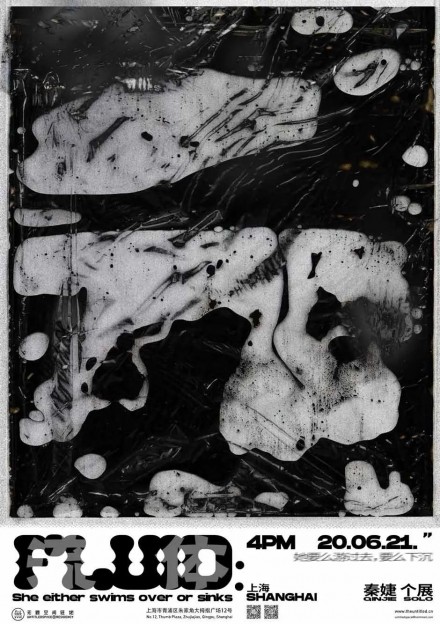
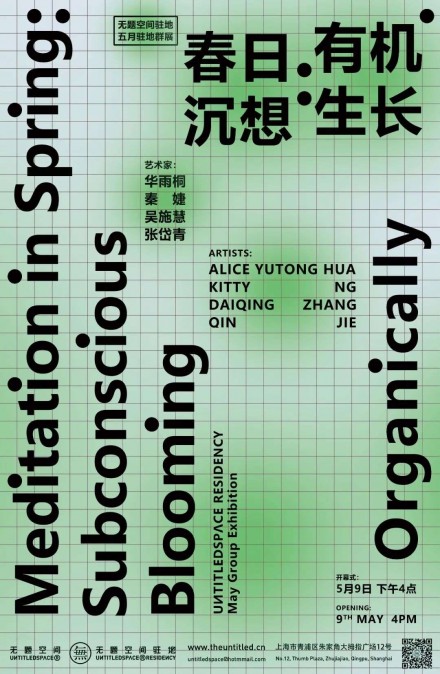


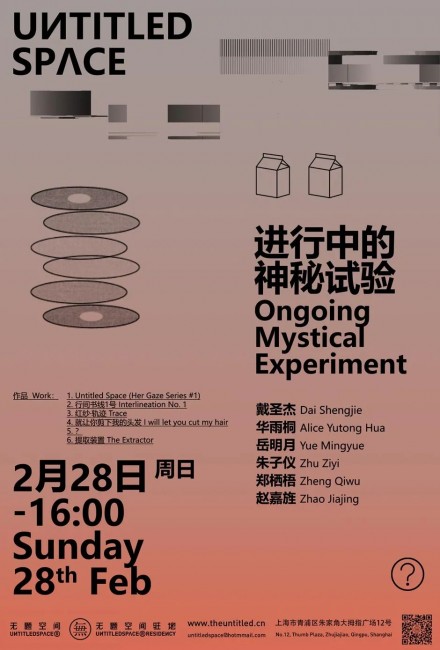
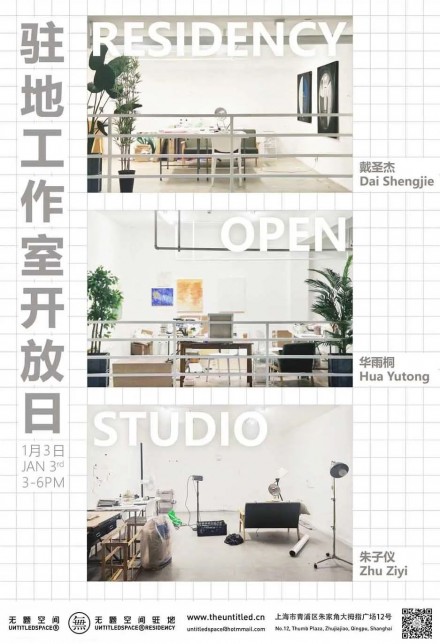
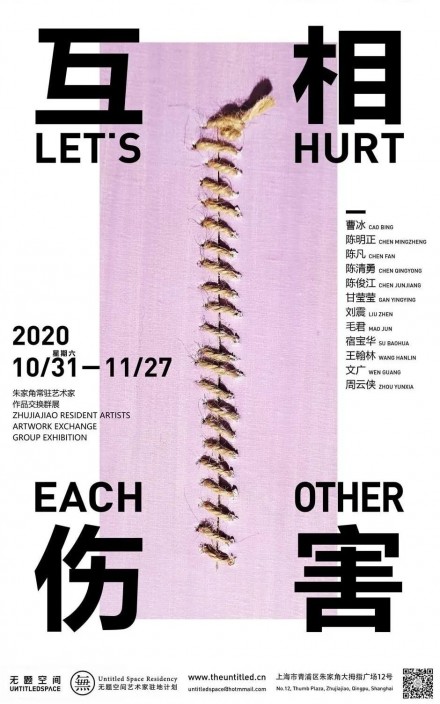

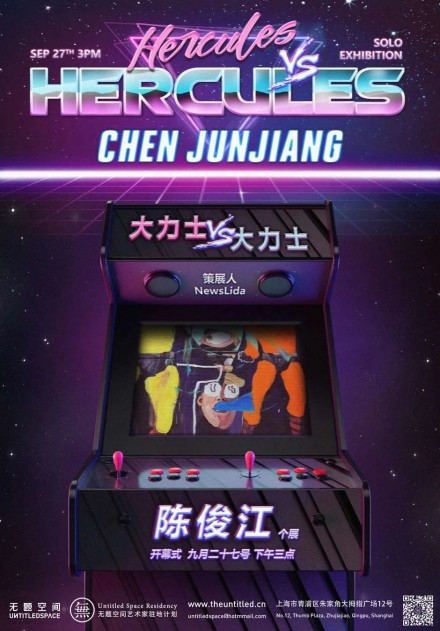
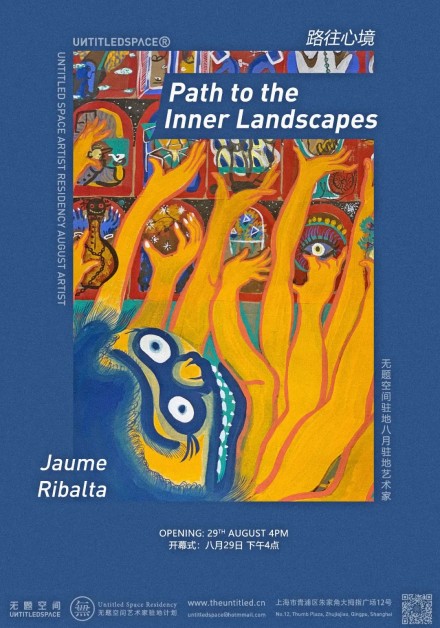
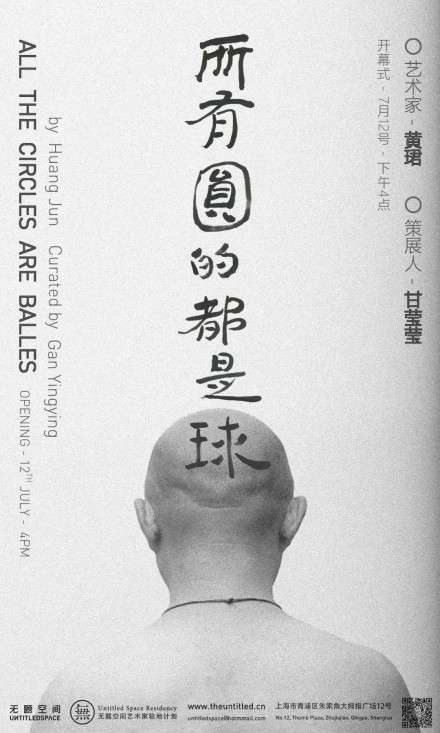
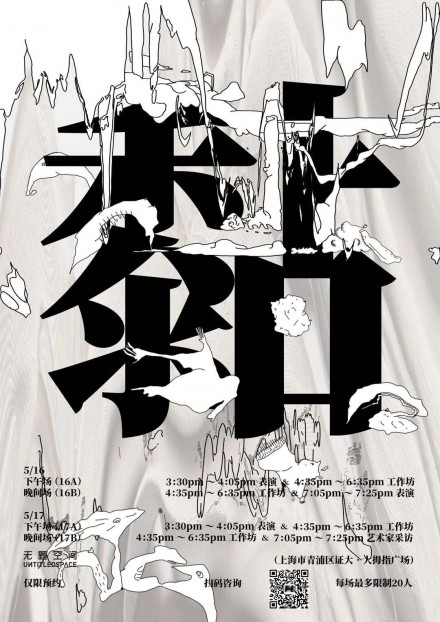
![[超]灾变论 [Hyper-]Catastrophe Theory 舜 Shun](http://www.acentricspace.com/wp-content/uploads/2024/04/wxsync-2024-04-17e42ddfe2087d093ffcdad3f414da34-440x625.jpeg)
